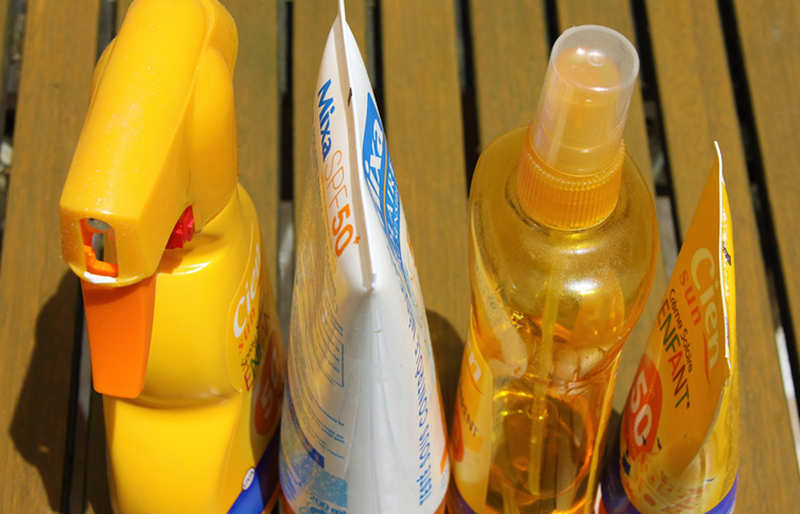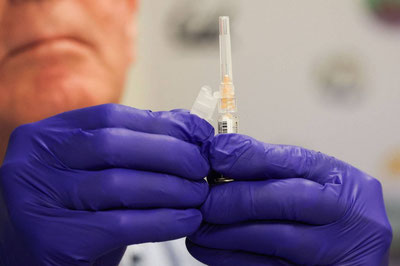The doctor of the Kuzbass Public Health and Medical Prevention Center, Liliya Egorova, notes that the SPF level indicates the degree of protection against ultraviolet rays. The higher it is, the better. If you are traveling to the sea, it is recommended to choose at least 50 degrees for children. For daily walks, a protection of 30 index is suitable.
The composition of the cream including zinc, avobenzone, mexoryl, titanium dioxide, and tinosorb has been proven to provide good protection against ultraviolet radiation and is safe for skin application.
Some sunscreens may contain calming additives that moisturize and reduce irritation, such as chamomile (whose active ingredients are azulene and bisabolol), aloe vera, vitamin E (neutralizes free radicals that can damage the skin under UV radiation), sea buckthorn and jojoba oils. They have a restorative, moisturizing, antioxidant effect.
It is preferred for the cream or spray to be water-resistant.
It should not contain alcohol, dyes, fragrances, and also oxybenzone. This element acts as a sunscreen filter, while also being able to penetrate deep into the skin layers and potentially affect the hormonal balance of the body.
How to apply, how much to apply, how to store?
If you use several skincare products, apply the sunscreen last.
Use a minimal amount of cosmetics in the heat and sun, as some substances can accelerate the process of cell damage.
Cream should be applied 30 minutes before going outside, and the application should be repeated every two hours (or after each swim), even if it's cloudy. Even if you're always in the water. Humidity can increase the intensity of UV rays by 50%.
Do not use the product after the overall expiration date. However, an opened product generally lasts about 6 months even if the overall expiration date hasn't passed. Pay attention to the symbol on the label and the number next to it. To not forget when the cream was opened, stick a sticker with the opening date on the package.






